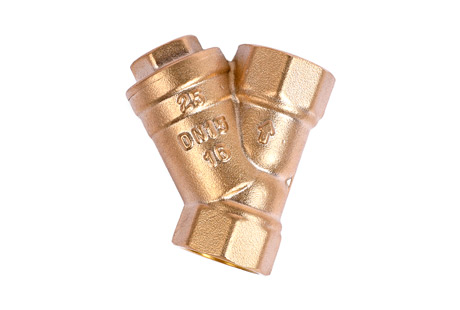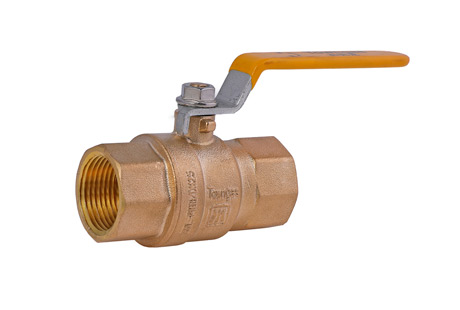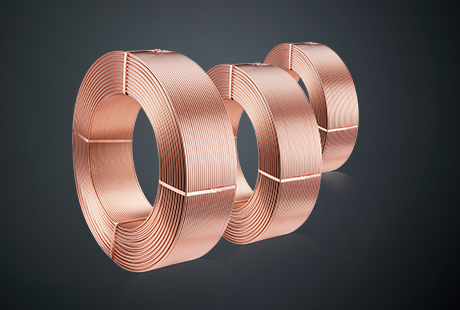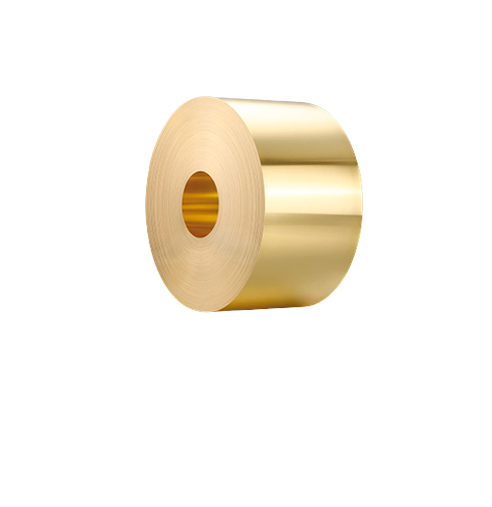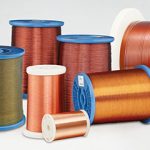Renewable energy sources like solar power are rapidly gaining traction as we seek to reduce our carbon footprint and transition to a more sustainable future. Solar panels, in particular, play a pivotal role in harnessing the sun's energy to generate electricity. Proper connections within a solar panel array are crucial for their efficiency and longevity, making end feed soldering a valuable technique in the renewable energy sector.
Harnessing the Power of the Sun
Solar panels are constructed using photovoltaic cells that convert sunlight into electricity. These cells are interconnected to form a solar panel array, which then generates electrical energy. To ensure the efficient operation of the solar panels, reliable and long-lasting connections are vital.
The Significance of Soldering in Solar Panels
Soldering Solar Cells Together: In a typical solar panel, individual solar cells need to be interconnected to create a functional array. End feed soldering is a widely used technique for joining the cells together securely. This method ensures that the electrical connections remain stable, even in varying weather conditions.
Reducing Energy Loss: End feed soldering minimizes electrical resistance in the connections, which helps prevent energy loss. In a solar panel, every fraction of a percent in efficiency counts, and soldering is a critical factor in achieving the best performance.
Enhancing Durability: Solar panels are exposed to various environmental factors, including temperature fluctuations and moisture. Properly soldered connections protect against these elements and help extend the lifespan of the panels.
The End Feed Soldering Process
The process of end feed soldering in solar panel connections involves:
Cleaning and Prepping: The first step is to clean the surfaces to be soldered, ensuring there is no dirt, debris, or oxidation. This step is crucial for achieving a strong and reliable solder joint.
Tinning: Tinning involves applying solder to the solar cell connections. It creates a thin layer of solder on the surfaces, making it easier to create a strong bond when soldering the connections.
Soldering: The actual soldering process involves heating the tinned surfaces and introducing more solder as needed. The solder melts and flows to create a secure electrical connection.
Inspection: After soldering, a thorough inspection is crucial to ensure there are no cold joints or other defects in the connections.
Benefits of End Feed Soldering in Solar Panels
Reliability: End feed soldering creates robust and reliable connections that can withstand the test of time and various environmental conditions.
Efficiency: By reducing electrical resistance and energy loss, end feed soldering contributes to the overall efficiency of a solar panel system.
Cost-Effective: While there is an initial investment in soldering equipment and expertise, the long-term benefits in terms of energy production and reduced maintenance costs make it a cost-effective choice for solar panel manufacturers and users.
End feed soldering plays a crucial role in ensuring the reliability and efficiency of solar panel connections in the world of renewable energy. As we strive to harness the sun's power and transition to cleaner energy sources, the quality of soldering in solar panels cannot be underestimated. Properly soldered connections contribute to the longevity and performance of solar panels, making them a cornerstone of a sustainable future.

 English
English 日本語
日本語 한국어
한국어 français
français Deutsch
Deutsch Español
Español italiano
italiano العربية
العربية tiếng việt
tiếng việt Türkçe
Türkçe ไทย
ไทย 中文
中文
